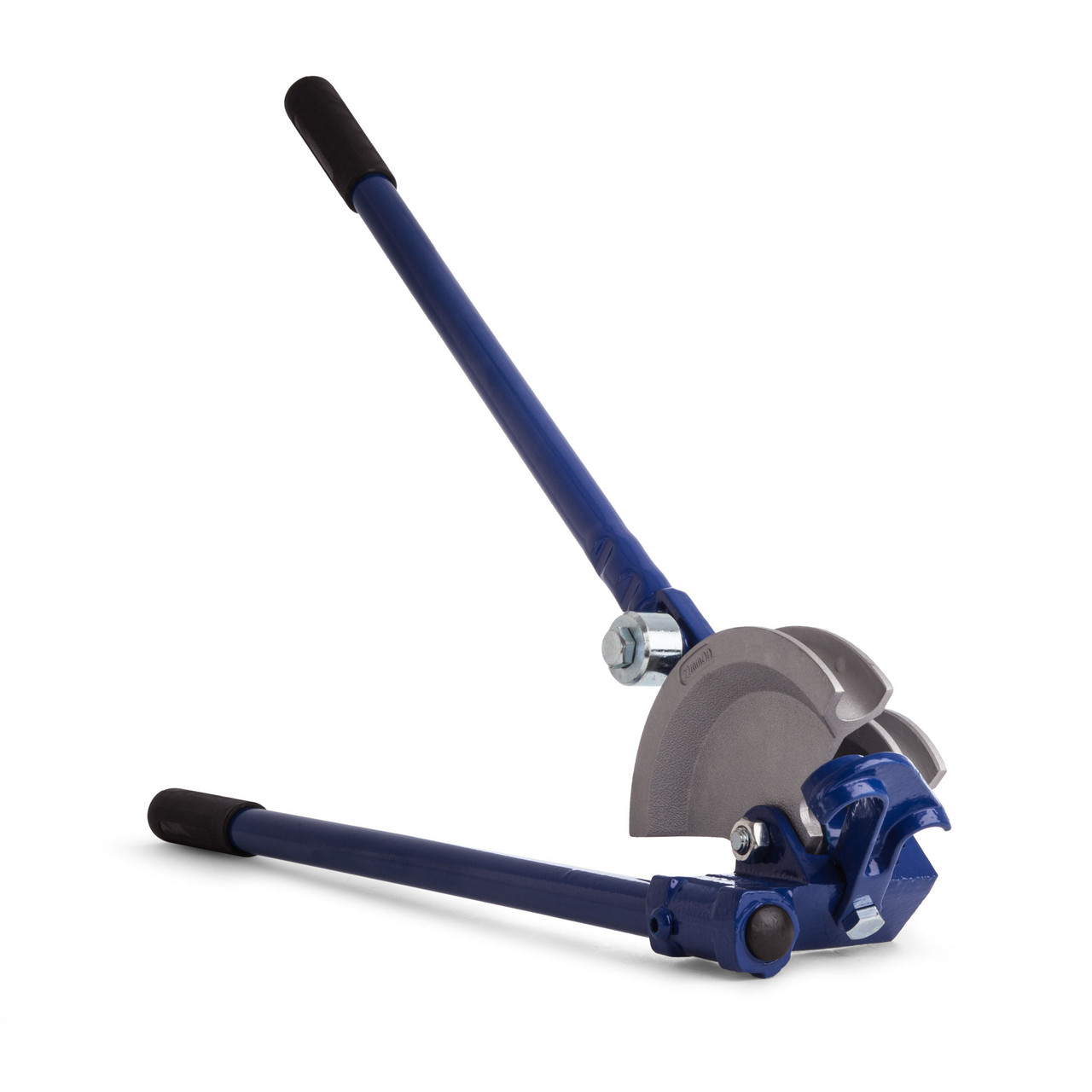How to Cut, Ream, Bend and Flare Stainless Steel Pipe
Posted by Katy | Toolstop on 1st Jan 2021
This Toolstop Guide shows you how to work with stainless steel pipes and tubes. You will learn everything from how to cut stainless steel pipe to how to bend steel tubing. Our tips and tricks will save you time and effort on the job whilst providing a professional finish. If you work with steel pipe, keep reading!
This Toolstop Guide shows you how to work with stainless steel pipes and tubes. You will learn everything from how to cut stainless steel pipe to how to bend steel tubing. Our tips and tricks will save you time and effort on the job whilst providing a professional finish. If you work with steel pipe, keep reading!
Working with Steel Tubing
Working with stainless steel pipes and tubing isn’t easy. Here’s why:
- Stainless steel work hardens
- Stainless steel is often used in sterile environments
How does that translate into in real-world terms?
- Bending stainless steel can be a nightmare. The more you try to bend it, the harder it becomes
- The tools you use to cut, ream, bend or flare stainless steel pipes and tubing cannot cross-contaminate the product you’re working on
It, therefore, follows that the tools you use to cut, ream, bend or flare the stainless steel pipes and tubing you’re working on must be functional, practical and safe.
Toolstop is here to help you work with stainless steel, and to do so quickly and efficiently.
We asked Ridgid to show us the best products you should be using to work with stainless steel and to give you some tips on how best to work with stainless steel. To help you guys out, we’ve created with them a 4 part video series on working with stainless steel.
How to cut Stainless Steel Pipe
To cut stainless steel you need a tube or pipe cutter that’s up to the job; stainless steel, by its nature, is a tough animal. Choose a stainless steel cutter that will allow you to cut quickly, accurately and cleanly. Ridgid has re-engineered it’s stainless steel cutters so that they now feature roller bearings on a hardened pin.
Why?
To smooth out the cutting process. It’s that simple. Coupled with the hardened cutting wheel, Ridgid reckons the 35S (29963) stainless steel tubing cutter will make it much easier for you to cut stainless steel pipes and tubes.
See it in action in our demonstration video here:
How to Ream a Steel Pipe
This isn’t a problem unique to cutting stainless steel. Rather, any sort of cut you make into metal using a wheeled cutter produces burr either inside the pipe or on the outside. That’s the by-product of performing a “displacement cut”. This burr, if left, can impede the flow through the pipe.
So, you have to get rid of it and you do so by reaming.
Again, stainless steel is a hard metal, so you need to use a reamer that is up to the job. Ridgid recommends using 223S or the 29983 (Model 223S) Inner-OuterReamer.
We asked Ridgid’s Mike to show us these products in action:
How to Bend Steel Tubing
As mentioned above, stainless steel work hardens. The more you try to bend it, the harder it becomes.
We asked Ridgid to show us how to easily get around this problem.
First of all, leverage is king. Ridgid recommends using a stainless steel pipe bender that has long handles as this will give you the required leverage to bend the pipe or tube.
The inclusion of rollers is another key design feature. These will easily glide around the tube as you bend it, making your job much easier.
Watch it in action below:
How to Flare Stainless Steel Tubing
Lastly, we want to look at how to flare stainless steel pipes and tubes. A flared end on a steel pipe is a way of jointing pipe fittings, along the pipe to be set to a coned seat fitting.
Again, our challenge is creating a flare on the end of our stainless steel pipe bearing in mind how it will work harden.
Ridgid understands this problem and in our demo video, we’re shown how to easily flare the stainless steel using a flaring tool.
The key is to make sure you have a firm grip on the flaring tool, per our video, and the tool will do the hard work.
Check out the video here:
So there you go, from the cutting to the reaming, the bending to the flaring, we’ve covered 4 ways you’ll work with stainless steel pipes and tubings, and how to quickly, efficiently and safely get the job done, thanks to Ridgid.
What challenges do you face working with pipes and tubing?
Pipe Cutters and Benders at Toolstop:
Eclipse EHB1522 Hand Pipe Bender for Copper Tube 15 - 22mm

Ridgid 60668 C Type Copper Tube Cutter 28mm

Irwin T676810 Multi-Mini Bender 6/8/10mm

Bahco 306-15 Automatic Tube Cutter 15mm


